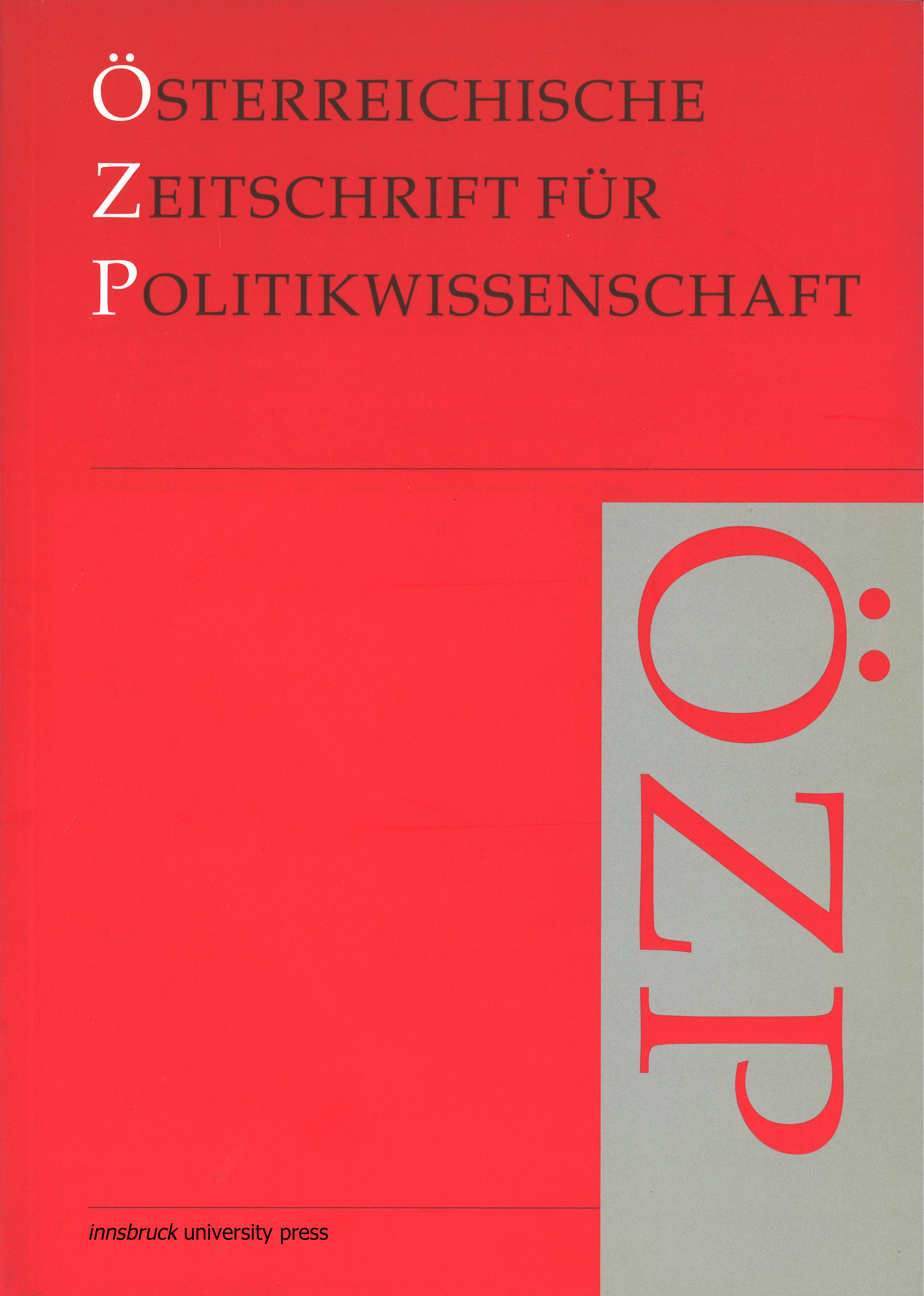From procedural chore to political prestige: Historic development and recent reforms of the presidency of the Council
DOI:
https://doi.org/10.15203/ozp.909.vol36iss2Keywords:
EU Council, European Council, Presidency, Council SecretariatAbstract
Die Ratspräsidentschaft wurden in den 1950er Jahren als administrative Pflicht auf der Basis strikter Gleichheit zwischen den damals zehn Mitgliedstaaten der Europäischen Gemeinschaften eingeführt. Heute stellt es ein Amt von hohem politischen Prestige dar, das in einer tieferen und weiteren Union wichtige Rechte und Verantwortlichkeiten mit sich bringt, auch wenn viele davon sowohl formell als auch informell beschränkt sind. Dieser Beitrag verfolgt die Veränderungen, die das Amt im Lauf der Zeit erfahren hat, als Folge unter anderem einer Schwächung der Kommission, der zunehmenden Rolle des Europäischen Rates, Änderungen der Abstimmungsregeln, Abweichungen von der sog. Gemeinschaftsmethode, Erweiterungen und neuen Regeln der Transparenz. Die historische Entwicklung und jüngste Reformen des Amtes werden nachgezeichnet, indem dessen vier zentrale Funktionen (Administration und Koordination, das Setzen politischer Prioritäten, Mediation sowie interne und externe Repräsentation) und die Organisation der Präsidentschaft sowohl aus der Perspektive der EU insgesamt als auch aus der Perspektive des den Vorsitz innehabenden Mitglieds untersucht werden. Die vordringliche Beschäftigung jüngerer Präsidentschaften mit den Themen Öffentlichkeit und Information mag als Versuch gewertet werden, es der Öffentlichkeit zu erleichtern, eine Präsidentschaft von der anderen zu unterscheiden.Downloads
Issue
Section
License
The OZP is the authorized quarterly publication of the Österreichische Gesellschaft für Politikwissenschaft (ÖGPW, Austrian Political Science Association)
The author of an article (in case of multiple authors: the corresponding author, responsible for releasing this material on behalf of any and all co-authors) accepted to be published in the OZP hereby acknowledges the following Copyright Notice:
- The author retains the copyright to the article.
- It is the responsibility of the author, not of the OZP, to obtain permission to use any previously published and/or copyrighted material.
- Publication of a submitted text is dependent on positive results from the peer reviewing. In such a case, the OZP editors have the right to publish the text.
- In case of publication, the article will be assigned a DOI (digital object identifier) number.
- The author agrees to abide by an open access Creative Commons Attribution (CC BY nc) license. The license permits any user to download, print out, extract, reuse, archive, and distribute the article in any non-commercial way, so long as appropriate credit is given to the author and source of the work.
- The license ensures that the author’s article will be available as widely as possible and that the article can be included in any scientific archive. In order to facilitate distribution, the author agrees that the article, once published, will be submitted to various abstracting, indexing and archiving services as selected by the OZP.
- In addition, the author is encouraged to self-archive the article, once published, with reference to the place of the first publication.
- After the contribution appears in the OZP, it is still possible to publish it elsewhere with reference to the place of the first publication.
- The finished article, if published, will include a correspondence address (both postal and email) of the author.
- If written under the auspices of a grant from one or more funding agencies, such as FWF (Austrian Science Fund), ERC (European Research Council), and Horizon 2020 (EU Framework Programme), an article accepted for publication has to be deposited in an Open Access archive. The OZP’s archiving policy is compliant with these provisions. (In case the article derives on funding from a different source, the author is responsible to check compliance of provisions.)




